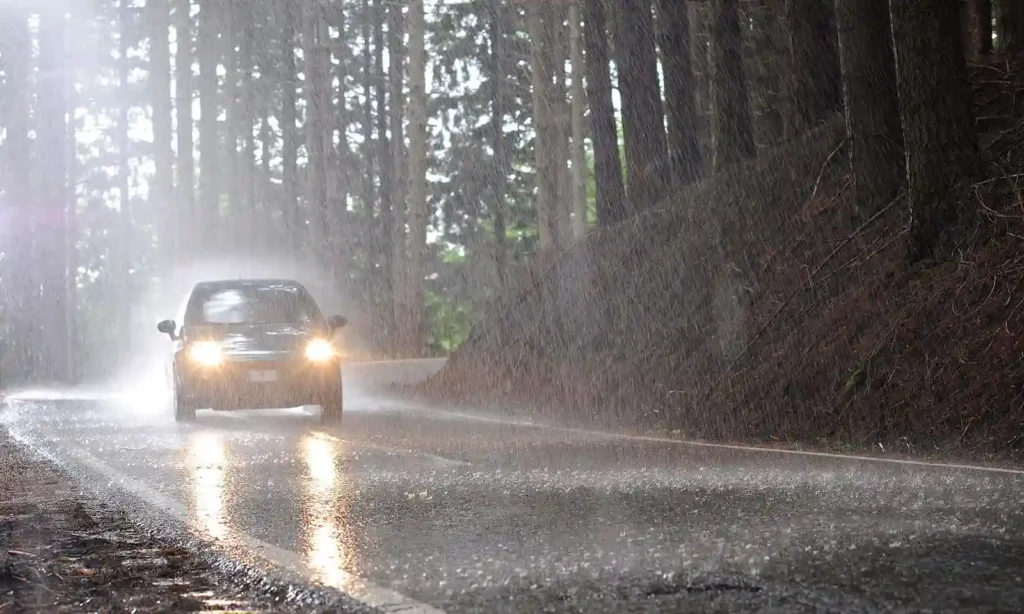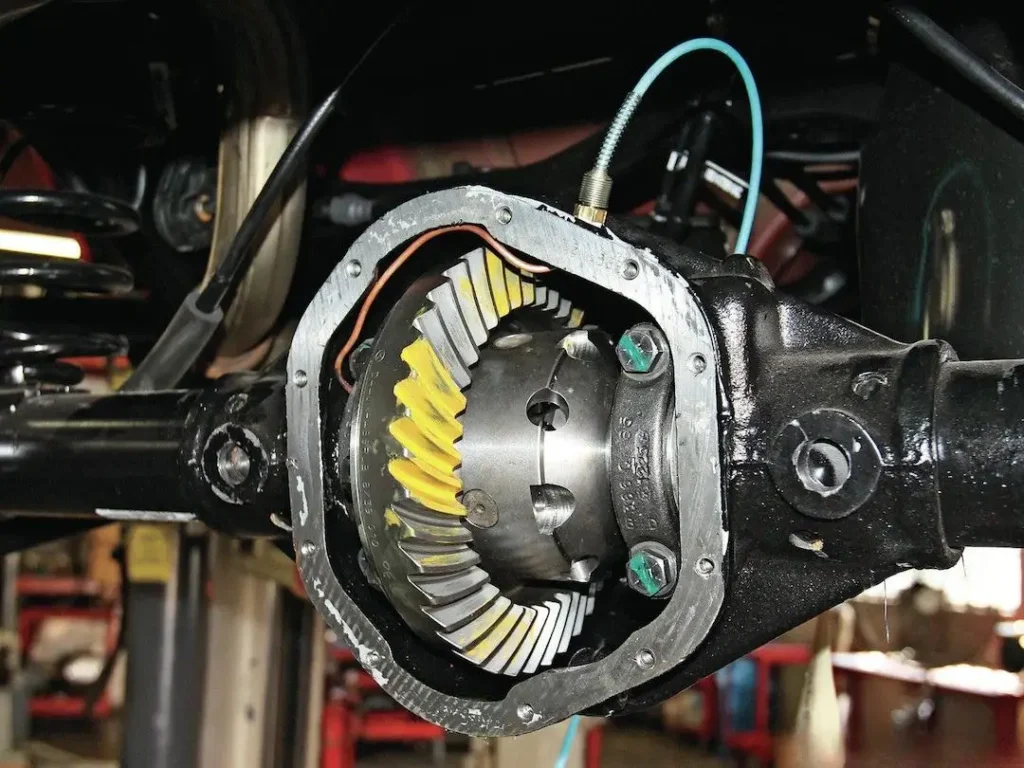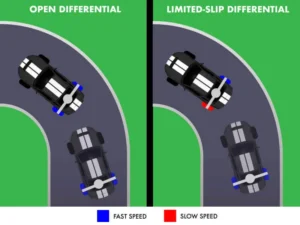Rainy season brings more than just gloomy skies and waterlogged roads — it introduces real risks to everyday driving. Accidents caused by slippery surfaces, poor visibility, and mechanical failures spike significantly when the weather turns. And while most drivers take steps like checking their tires and slowing down, many overlook one crucial part of their vehicle that plays a key role in wet-weather safety: the differential.
This guide shares 12 actionable tips for safer driving during the rainy season. These tips range from basic maintenance to advanced drivetrain improvements, all designed to help you stay in control when roads get slippery.

1. Drive Slower Than Usual
Rain reduces tire traction. Even light drizzle mixes with oil and dust on roads, turning them dangerously slick. Driving at slower speeds gives you more reaction time and helps prevent hydroplaning. Be extra cautious in the first 10 minutes of rainfall — that’s when roads are at their most slippery. Slower driving also minimizes the chances of water entering sensitive engine areas through the wheel wells, especially in vehicles with low ground clearance.
2. Increase Following Distance
On wet surfaces, your car needs more distance to come to a complete stop. Doubling your usual following distance gives you ample room in case the vehicle in front of you brakes suddenly. This extra space also helps you avoid unnecessary lane changes or abrupt maneuvers. Increased distance not only gives you a safer buffer but also helps in maintaining a more relaxed and alert driving posture.
3. Check Your Tires Regularly
Tires are your only point of contact with the road. Make sure they’re in good condition. Tread depth should be above minimum safety levels to properly disperse water and maintain grip. Underinflated tires can increase the risk of aquaplaning, so check air pressure at least once a month. Consider switching to rain-optimized or all-season tires if you live in a region with frequent rainfall.
4. Replace Worn Wiper Blades
Your visibility depends heavily on functional wipers. Over time, rubber blades crack, harden, or wear down, leaving streaks or missing spots on your windshield. Replace them every six to twelve months, especially before the rainy season starts. You can also consider silicone-based blades for longer durability and better performance in heavy downpours.
5. Ensure All Lights Are Operational
From headlights to brake lights, functioning bulbs make you more visible to others. Foggy or rainy conditions reduce line-of-sight, so clean and test your lights regularly. Consider upgrading to brighter or LED bulbs for better performance in adverse weather. Always keep a spare bulb set in your car, particularly for long trips during the rainy season.
6. Avoid Sudden Turns or Stops
Wet roads demand gentle handling. Abrupt braking, accelerating, or turning can cause skids. Instead, approach corners slowly, apply brakes gradually, and steer smoothly. Gentle inputs give your tires more time to grip the surface. This is especially important when navigating through urban areas where oil and other residues often accumulate on road surfaces.
7. Upgrade to a Limited Slip Differential (LSD) for Better Control
Many vehicles come equipped with open differentials, which can limit traction on slippery, wet roads. When one wheel spins freely, power is lost and control diminishes — a dangerous situation in rainy conditions.
A Limited Slip Differential helps distribute power to both wheels, even if one loses grip, enhancing stability during cornering, acceleration, and climbing wet inclines. For drivers living in rainy regions or tackling rough terrain, upgrading to an LSD can significantly improve driving safety and confidence.
This upgrade is especially beneficial for pickup trucks, SUVs, and vehicles used off-road or for heavy-duty purposes. If you want to boost your vehicle’s wet-weather performance and reduce traction issues, considering an LSD is a smart choice.

8. Watch for Standing Water
Large puddles aren’t just annoying — they can be dangerous. Hydroplaning occurs when your tires lose contact with the road and ride on top of water, making steering ineffective. If you must drive through standing water, reduce your speed, go straight, and avoid sudden acceleration. Deeper water can damage engine components or enter the exhaust system, leading to costly repairs.
9. Keep Your Windshield Clear from Fog
Interior fog can be just as blinding as rain outside. Use your air conditioner or rear window defogger to manage humidity inside the cabin. Keep windows slightly open when safe to balance air pressure and reduce moisture build-up. Anti-fog sprays and microfiber cloths can help manage visibility in emergency conditions.
10. Avoid Using Cruise Control in the Rain
Cruise control is handy on dry highways but can be risky in rain. It prevents you from adjusting throttle quickly when traction changes, making hydroplaning more likely. In wet conditions, keep full manual control over your vehicle’s speed. Responding instantly to sudden road changes can prevent skids and give you more control.
11. Give Yourself Extra Travel Time
Heavy rain slows everything down — from traffic flow to your own driving. Plan ahead and allow more time to reach your destination. Rushing leads to risky decisions, and during the rainy season, it’s better to arrive late than not at all. Deliberate, patient driving allows you to remain calm and better handle unexpected road conditions.
12. Listen for Sounds from the Rear Axle
Unusual noises or vibrations from the rear of your vehicle, particularly when turning or accelerating on wet roads, may indicate differential problems. The differential transfers power between wheels, and when it malfunctions, your vehicle’s ability to maintain traction can suffer. Worn bearings, low oil levels, or damaged gears can result in decreased performance and increase your risk on wet surfaces.
Final Thoughts
Rainy weather doesn’t have to make driving unsafe — but preparation is key. From keeping your tires healthy to understanding how your drivetrain functions, small steps can make a big difference.
By following these 12 tips, you can reduce the risks that come with wet roads. And by paying attention to often-overlooked components like your differential, you can drive with greater confidence through even the heaviest storms.



